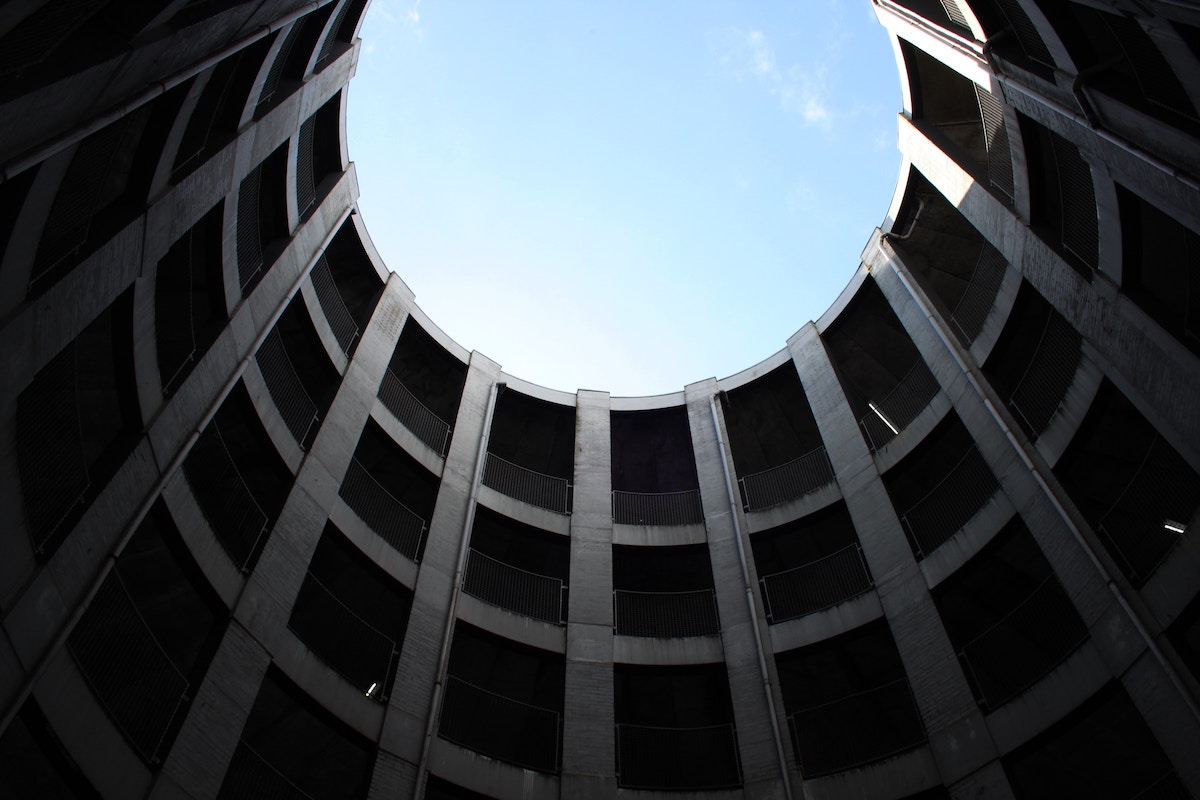
My Google alerts for “interfaith” and “intermarriage” picked up eight interesting items in the last month.
Rabbi Kerry Olitzky has written what sounds like a great new Haggadah That’s Full of Welcome. Published by Behrman House just in time for Passover, the haggadah is for families “who want to be as welcoming as they can be,” especially “for those on the periphery, for those who have been historically disenfranchised, for those who have been excluded” from the Jewish experience.” Customs from other traditions are mentioned because “people sitting around the table may have experiences within their own traditions with water” and “It’s a way to bring them closer to the Jewish experience.”
Rabbi Jillian Cameron, director of InterfaithFamily/Boston, wrote a great piece, “It’s Not My Face That Makes Me Jewish:”
Over the years I have at times marveled at the fact that I stayed connected to Judaism, after years of being told I wasn’t Jewish, because I have a mother who isn’t or from being questioned based on my appearance. Perhaps it was my stubbornness, my teachers and friends who helped boost my Jewish confidence or simply the fact that I wasn’t about to let these comments diminish my passion for Judaism or derail my dream of being a rabbi. But I know many who have faced these same questions and comments who are now wholly disconnected from Judaism, plagued with feelings of rejection or frustration. Those who weren’t as lucky as I have been. We are the poorer for this loss.
[I]t’s really time to open our minds to what the Jewish community actually looks like right now, in all its glorious diversity—and celebrate the infinite faces of Judaism.
Ryan Lavarnaway, a Major League Baseball player who played for Team Israel in the 2017 World Baseball Classic, has intermarried parents (his mother is Jewish, his father Catholic) and didn’t have a bar mitzvah or attend synagogue as a child, but had a Jewish wedding with a Jewish woman and joined a synagogue, and feels more connected to his Jewish identity and the Jewish community after traveling in Israel with Team Israel.
Christine Wolkin, a Honeymoon Israel trip participant, says HMI’s goal is “to make non-traditional Jewish families feel welcome in the Jewish community and to inspire them to incorporate Jewish values into their lives.” She says “My husband and I still have many questions about how we are going to raise our family, but after this experience we feel strongly that no matter what our decision, we are now a part of a supportive community that shares the same concerns.”
Curious about the Catholic view of intermarriage? An article in a Catholic publication defines a “mixed” marriage is between a Catholic and a non-Catholic Christian, while an “interfaith” marriage is between a Catholic and a “non-Christian.” The Catholic party wishing to enter into either has to obtain special permission from his or her bishop, which is “usually granted on the condition that the Catholic party will not be pressured into abandoning the Catholic faith, and that he or she will remain free to fulfill the duties of a Catholic parent, which includes raising the children in the faith. For the Catholic party to receive this permission, the non-Catholic party must agree to these terms.”
The Indian-American and Jewish-American experiences with intermarriage appear to be similar. According to an article in India New England News, twenty years ago, only 15% of Indian-American marriages were interracial or interfaith; ten years ago, it was 40%; today, it is almost 80%. A party planner attributes this to most Indian-Americans of wedding age growing up in the US and meeting people in high school or college; she refers to “the death of arranged marriages.” She also says the success rate of interracial marriages is very high.
I’m a big fan of the Forward and its editor-in-chief, Jane Eisner, except for her disapproving views on intermarriage, with which I’ve found myself always disagreeing. But in her March 12, 2018 Jane Looking Forward column, in revealing that she has a rare genetic bleeding disorder that is more common in Ashkenazi Jews than other populations, Eisner wonders whether the passing down of genetic diseases will change “with the high rates of intermarriage among the non-Orthodox?” and then seems to identify a positive consequence: “Shouldn’t we move beyond tribalism to embrace a more varied concept of the Jewish people, to include those of different races and ethnic origins?”
In Brazil, a Jewish woman married a woman from a different faith tradition; they were married under a chuppah, circled each other, and broke glasses. A cantor who is not employed by a synagogue officiated; he said,
It was not a Jewish marriage because one of the brides is not Jewish, it was a spiritual marriage with a Jewish symbology…. It is very important to welcome the union of two people who love each other, regardless of faith, gender or anything else. I feel very happy and honored to be able to bless a union where love, which should have no boundaries or limits, is sovereign…. I follow my perception of what I consider to be the needs of Judaism these days…. The Jewish bride is very tied to the traditions and asked me to reproduce the symbolism of a Jewish marriage because of the importance it had for her.
Finally, an interesting article in eJewishPhilanthropy about the Jewish Millennial Engagement Project in Washington DC run by a group of Conservative rabbis in partnership with Conservative organizations and the DC Federation explains disruptive innovation practices. I’d be interested to know how the project works with interfaith couples, who aren’t mentioned in the article.

Thanks for the affirmation of my new Haggadah. Much appreciated. First printing is almost gone so if your readers want to order it … they better hurry.